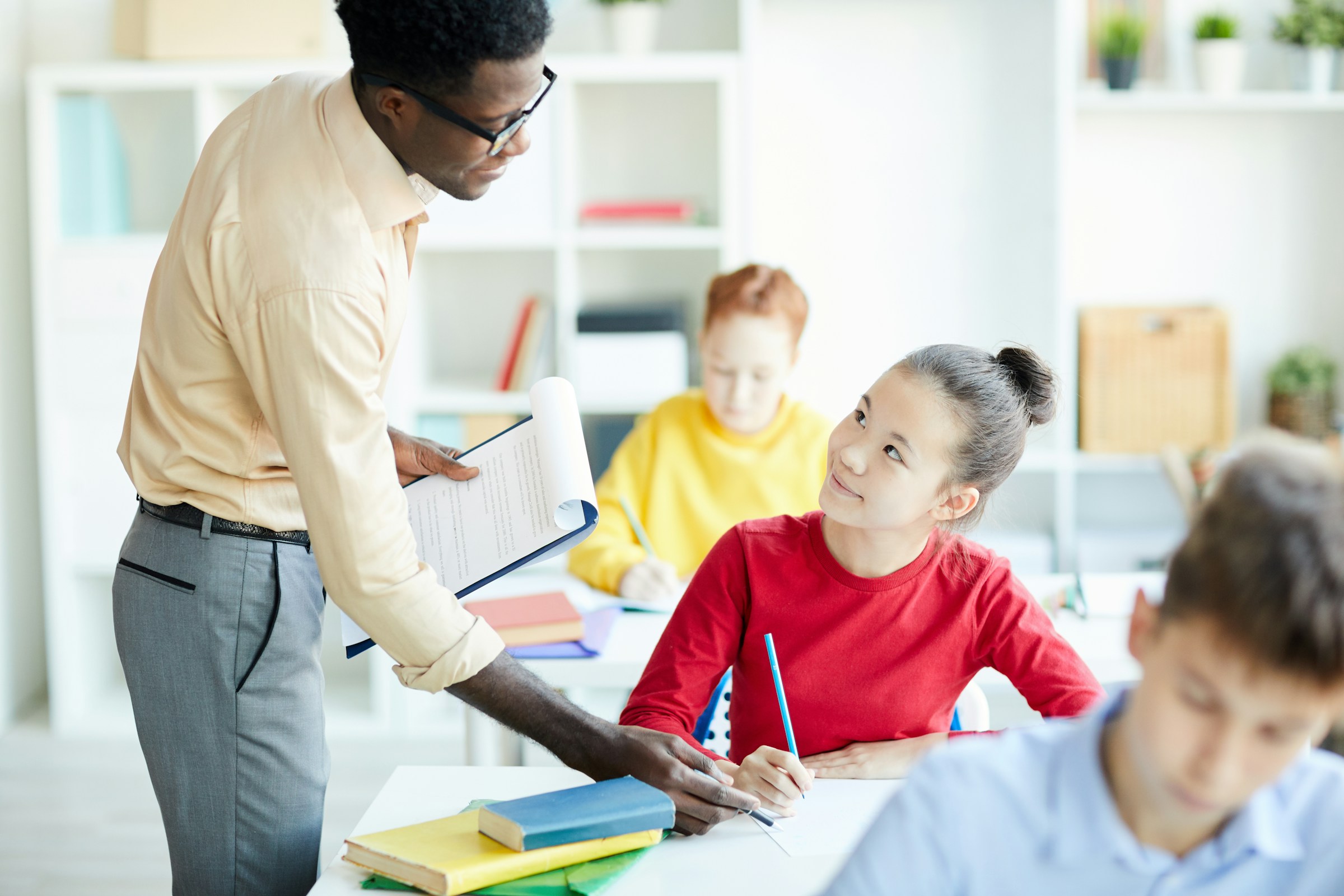Why SEL Skills Aren’t “Extra” — They’re Essential for Classroom Success

Why SEL Skills Aren’t “Extra” — They’re Essential for Classroom Success
For years, academic performance has been viewed as the primary indicator of student success. But educators know the truth: students don’t learn well when they’re overwhelmed, disconnected, anxious, or unsure how to manage emotions and relationships.
That’s where Social-Emotional Learning (SEL) comes in.
SEL isn’t a separate subject — it’s the foundation that makes learning possible. When students develop self-awareness, emotional regulation, empathy, and communication skills, everything else in the classroom becomes easier: behavior improves, collaboration grows, and academic outcomes rise.
Why SEL Matters Now More Than Ever
Today’s students are navigating more challenges than any generation before them:
- Rising stress and anxiety
- Social pressure and digital overwhelm
- Difficulty managing emotions
- Struggles with communication and peer relationships
- Classroom conflicts that escalate quickly
Without SEL skills, students can feel stuck — unsure how to calm themselves, ask for help, or express what they need.
SEL gives students the tools to understand themselves and others.
It creates safer, calmer, more connected classrooms where learning can actually happen.
The Classroom Challenges SEL Helps Solve
Educators consistently report that SEL directly improves:
1. Student Behavior
Students with SEL skills can regulate emotions, handle frustration, and recover from conflict more quickly.
2. Peer Relationships
SEL promotes empathy, communication, and inclusive teamwork — reducing social tensions and isolation.
3. Teacher Burnout
When students manage emotions better, teachers spend less time on discipline and more time on teaching.
4. Academic Engagement
Students who feel emotionally safe are more confident participating, asking questions, and persevering through challenges.
5. School Culture
SEL builds trust, belonging, and shared responsibility among students and staff.
What Effective SEL Instruction Looks Like
SEL is most impactful when it’s:
Embedded Into Everyday Routines
Short check-ins, reflection prompts, group conversations, and behavior modeling matter more than long lessons.
Modeled by Adults
Students learn SEL not just from teaching, but from watching how adults communicate, regulate emotions, and resolve conflict.
Consistent Across the School
Common language and expectations help students feel safe and grounded.
Practical and Age-Appropriate
Students need tools they can actually use — not just definitions or worksheets.
Key SEL Skills That Strengthen Learning
Strong SEL programs focus on:
Self-Awareness
Understanding emotions, triggers, strengths, and needs.
Self-Management
Calming strategies, focus skills, and emotional regulation.
Social Awareness
Empathy, perspective-taking, and understanding diversity.
Relationship Skills
Communication, cooperation, and conflict resolution.
Responsible Decision-Making
Evaluating consequences, solving problems, and making thoughtful choices.
These skills support every learner — and prepare them for life beyond the classroom.
The Impact on Educators
When SEL is woven into the culture:
- Teachers have more time for instruction
- Students respond better to feedback
- Relationships grow stronger
- The classroom feels calmer and more supportive
- Behavioral challenges decrease
SEL doesn’t just help students — it helps teachers feel more effective and less overwhelmed.
Building an SEL-Focused Classroom Culture
You don’t need a complex curriculum to bring SEL to life.
Small, consistent practices make a difference:
- Daily or weekly check-ins
- Emotion vocabulary lessons
- Calm-down routines
- Partner and group collaboration norms
- Reflection questions (“What went well today? What can we adjust?”)
- Clear conflict resolution steps
- Modeling positive communication
Over time, students internalize these skills and begin using them independently.
The Bottom Line
SEL isn’t an add-on — it’s essential.
When students develop emotional intelligence, the entire classroom becomes more engaged, more respectful, and more resilient.
With practical SEL tools and educator support, schools can create a learning environment where every student feels safe, connected, and ready to learn.
More from the Blog
Explore additional insights on communication, leadership, and team development.



